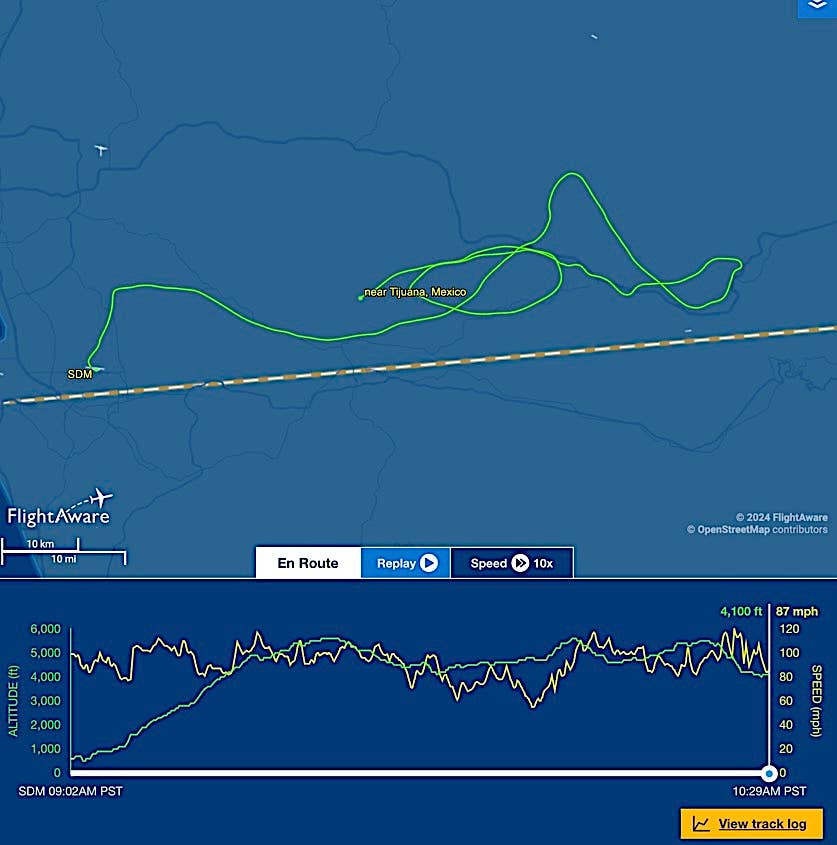Wanted: Champions Of Risk
Yeah, it makes me nuts when people say things are safe.
With the potential banning of laptops from airliner cabins under hot debate in Europe this week, I find myself once again recoiling at how people describe their thinking on this topic. Not to mention other risk-related issues. Notice I did not say "safety-related."
I saw a quote go pixeling by in which the speaker said she was OK with the ban because "it keeps us safe." Another suggested that laptops are OK in the cabin, if "they're safe." Well, they're not safe. It's quite simple. The batteries in them can and have blown up and any one of the more than 4 million passengers who board airliners daily can wig out and beat a seatmate senseless, using a laptop as a cudgel, one presumes. The former has happened. The only reason to believe that the latter won't is because it hasn't happened yet and United doesn't issue laptops to its gate agents.
I don't mean this discussion to be about banning laptops, because reasonable people can disagree about its efficacy and consequences. I mean it to be about the notion of thinking about safety or "being safe." Safety is many things, but one of them is a self-delusion. You might, for example, say that TSA "has kept us safe" because there haven't been any significant aviation-related terrorist events since 9/11 and vanishingly few outside of aviation. You could just as well credit TSA with preventing mad cows from stampeding through supermarkets and have a statement that's just as credible. (Okay, so mad cows can't really run, but you get the point.)
Whenever I see someone use the phrase "safe," I can't help but think I'm looking at someone incapable of other than binary thinking. It's either safe or it isn't. There's no gray area; no sliding scale. But in aviation, what we've come to regard as risk awareness is one sliding-scale tradeoff after another. We'll fly on a gusty day if the wind is down the runway, but reconsider with a 30-degree component. We might fly day IFR under 500-foot ceilings, but not at night. Maybe we'll go in forecast ice if we know the tops are at 4000 feet and so on. There are so many variables in risk awareness that I've never been a fan of personal minimums, but that's a blog for another day.
So, as should be obvious by now, I'm on a personal crusade to encourage people to use language that gets them thinking not about safety, but about ranked or relative risk. When you've reached a happy accommodation with whatever variables give you the night sweats, you can call that safety, although I'd call it acceptable risk.
I saw a nice quote that's a good logical word test for this. It came from George Robotham, a mine safety expert: "If you want to work out what a safety displacement activity is, just take it out of the equation and see if it makes any difference. If there's no difference then whatever that activity is, it's probably a waste of time."
Apply that to the laptop issue or any other risk ranking and see how it works. Say, for instance, you want to remove any kind of airline pre-board screening. Would it make a difference? I daresay it would, so even though it's not as effective as we might like, I think it's effective enough. Stick it on something else, like a flight review. Would removing a flight review make a difference? My guess is yes, since it's the only minimal training many of us get. Third Class medical? Go ahead and fall to the floor in convulsions of laughter.
Drone Jumping
While we're talking about risk ranking, this week's first skydive from a drone appears to be a goodreal-world example. For those of you who might ask why do this at all, it's no different than any other kind of flight-related activity. Why fly balloons, have airshows or fly around the world in a two-person airplane in 9 days, 3 minutes and 44 seconds?
Someone will ask me if I'd do a jump like that and the answer is no, but not for the reason you think. It was made from an altitude of 1000 feet and so the jumper—wisely—used a BASE rig, a fast-opening canopy intended for jumping off low-elevation towers, buildings and cliffs. Those things open—right now—and they kinda hurt. My neck and shoulders are stressed enough with regular skydives, thanks. (See the video at 1:11 to see the opening snatch. Ouch.)
Further to risk mitigation, they had the drone pick up the jumper atop a 500-foot tower. I'm going to guess they did that because a drone lifting a person intending to land with a parachute has a sort of dead man zone below 300 feet or so where, if something goes awry, you'd have no options. Moreover, the downdraft from a drone that big is surprisingly nasty and would likely mess up a canopy opening that you needed to have happen yesterday. Starting from the tower, the option is built in because people do BASE jumps from 500 feet all the time.
At first, I thought it would be better to have a harness or at least a stirrup, but I can see the sense of not doing that. The jumper didn't have to hang from the trapeze very long and the last thing you want in something this edgy is an unforeseen entanglement.
And no, none of this is "safe." It may have involved laptops, however.





